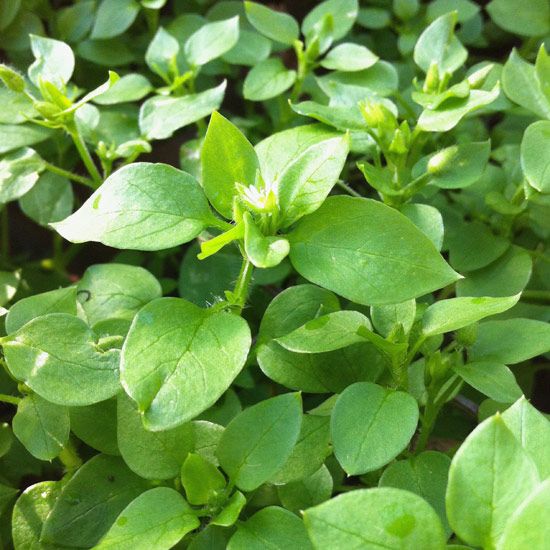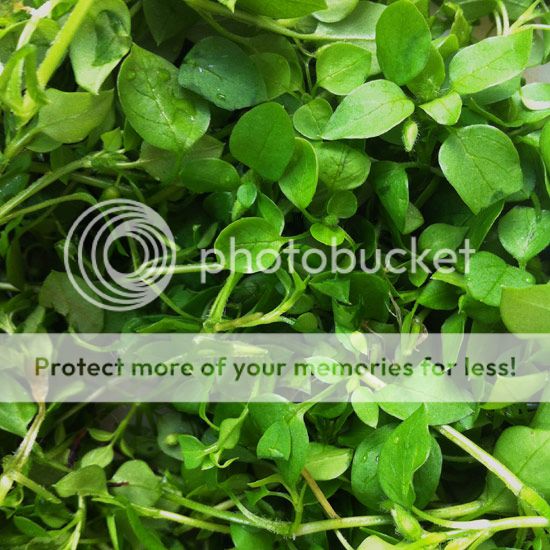Here are my own top tips for rejecting single use plastic bags.
Take the plastic/rigid floor out of your reusable bags so you can fold them up smaller.
Here is my folding technique as used on a cotton bag but it also works for any tote style reusable shopping bag.

- Lay it out flat.
- Fold the sides into line with the handles.
- Roll firmly into a cyclindrical shape from the base up to the handles.
- Take one handle in the opposite direction to the other, around the cylinder.
- Tie in a single, firm knot to secure.
- Done!
Only buy what fits in that bag/s.
Be prepared but also be prepared for when you're not prepared.
How?
Keep a folded up reusable bag in your work bag/hand bag.
It could be one you have folded as above or a ready made, extra compact bag eg. I love my Envirosax retro robot print bag because it's compact, easy to fold, looks good (different prints brought out every year!), strong, holds a lot and can be carried on my shoulder like a tote bag. Another cool, totally plastic free option are old fashioned, cotton string bags.
When you don't have a bag, don't buy anything. You will save money if you can get by without it. If it turns out to be inconvenient because you have to carry it in your hands, or go out again, this will motivate you to get into the habit of having a bag.
Most fresh produce doesn't need to be stored in plastic bags let alone bought in them.
You can go completely without any form of bag for things like apples, carrots etc. There are some items that are easier to manage - eg salad greens, cherries, beans, nuts - that you will need a bag of some sort for.
Re-use plastic net bags from previously bought oranges, onions and discount green groceries for all of your new purchases. Or buy/make some lightweight mesh bags which are necessary loose leaf greens and beans in particular. Keep some of these with the bag in your car, or the bag in your work bag/hand bag.
Re-use your existing plastic bags to store produce in fridge. Once you have exhausted those - if that is possible - here is a plastic free produce storage guide.
My own findings:
Broccoli will keep really well if the cut end of the stalk is kept in water - like a cut flower because that is what it is - and the whole thing is wrapped in a cotton cloth.
Celery can be temporarily stored in a tall jug or bucket of water outside of the fridge. For long term storage of cut up celery stalks, keep immersed in water in a sealed container - thank you to my housemate S for that one!
Here is a guide to plastic free bin lining for those of us who want bin liners.
In smaller bins I arrange 3 or 4 sheets in a cross and push in to fill. To dispose of, I gather up the sides and twist firmly closed. Then I add another sheet if it looks like it won't make it intact into the garbage truck. I use this for (bagless Dyson) vaccuum cleaner contents and it's very effective.




